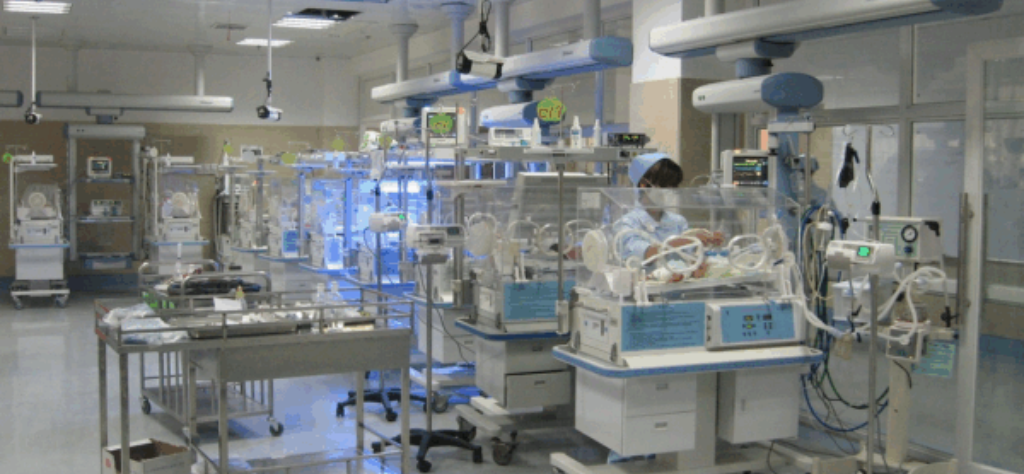How Does the Evolution of Modern Aquatic Housing Systems Support Research Success?

In biomedical research, maintaining a consistent environment and ensuring the well-being of animals is critical. This is especially true when working with aquatic species such as zebrafish and Xenopus frogs. These animals are widely used in various fields of study, including developmental biology, genetics, neuroscience and toxicology. However, providing the right conditions to help them thrive inside a laboratory setting can be complex.
Modern advancements in aquatic housing systems have made this task more efficient, precise, and supportive of animal welfare.
How Lab Based Aquatic Housing Has Evolved Over Time?
Aquatic housing in laboratories has changed significantly over the years. The systems used today are the result of decades of innovation and refinement.
- Early 1900s: Aquatic animals were housed in static tanks that lacked filtration. Water quality was hard to maintain, and temperature regulation was a challenge.
- Mid-20th Century: New technologies such as heaters, aerators, and filtration systems were introduced. These made it easier to care for aquatic species by improving water conditions.
- 1980s to 1990s: Recirculating Aquatic Systems (RAS) became more common in aquatic husbandry and aquaculture. These systems helped in conserving water and maintaining more stable living environments for aquatic animals.
- 2000s to Present: The introduction of modular racks, automation and real-time monitoring systems has transformed lab-based aquatic housing. These innovations have allowed researchers to work more efficiently while improving care for aquatic species.
Why Modern Aquatic Housing Is Essential?
Caring for aquatic animals in a lab is not just about keeping them alive. Their environment needs to be carefully controlled for factors such as water quality, temperature, oxygen levels and light exposure. These variables directly affect their health and behavior, which in turn influences the reliability of research results.
Traditional tank systems required manual effort to monitor and maintain, which increased the chances of inconsistency. That is why advanced aquatic housing systems are now considered essential in modern research facilities.
Innovations That Are Changing Aquatic Research Housing
- Modular Rack Systems
Today’s aquatic systems use modular racks that can be easily scaled based on the size and needs of the research program. These space-saving designs allow scientists to configure tanks based on different experiments, genotyping, life stages, or species separation needs.
Explore Iwaki Aquatic’s innovative tank designs made specifically for successful breeding and housing.
- Integrated Life Support Systems
New systems come with built-in filtration, circulation, and sterilization features. These include:
- Mechanical, chemical, and biological filters that maintain clean water and support healthy nitrogen cycles
- UV sterilizers that help prevent the spread of pathogens
- Automated controls for temperature, conductivity, and pH levels that operate continuously for better consistency
- Smart Monitoring and Automation
Modern aquatic systems use IoT-enabled controllers and cloud-based platforms to help labs monitor tank conditions in real time from anywhere in the world. These tools offer several benefits:
- Instant electronic alerts when water parameters fall outside safe ranges
- Automatic logging of water quality data to meet compliance requirements
- Automated alarm control to shutdown the system when a critical alert occurs, preventing any damage to the system or animals
- Energy and Resource Efficiency
Sustainable design is another focus of new aquatic systems. Features such as energy-efficient pumps, LED lighting, and advanced water recirculation methods help reduce resource consumption without compromising care for the animals.
- User-Friendly Design for Lab Staff
In addition to animal care, researcher convenience is also a priority. Aquatic systems are now built with ergonomic features that make daily operations easier:
- Tanks that are easy to remove and clean
- Touchscreen interfaces for simple operation
- Mobile racks and accessories that support flexible lab layouts
How These Innovations Improve Research
Advanced aquatic housing systems do more than keep animals healthy. They also help researchers get more accurate and reliable results. With better control over environmental conditions, labs experience:
- More consistent and reproducible data
- Less variation between test groups
- Lower risk of contamination and stress-related behavior in test animals
These improvements also support compliance with animal care standards set by organizations like IACUC and AAALAC.
What the Future Holds for Aquatic Housing Systems
The field of lab-based aquatic housing continues to evolve. In the near future, we may see systems that include:
- Artificial intelligence to optimize water quality in real time
- Integration of genetic tracking with tank management software
- Tanks that clean themselves without manual effort
New forms of environmental enrichment to support behavioural research
Final Thoughts
Caring for aquatic species in research labs requires more than the basics of providing a tank of water. It means creating a stable, healthy, and scientifically optimized environment where animals can thrive and researchers can produce high-quality data.
With today’s latest innovations in aquatic housing, laboratories are now better equipped to meet these higher standards. Whether you are expanding your zebrafish research or improving your lab’s life support systems, choosing the right technology is a vital step in achieving both scientific success and responsible animal care.
Need Help Designing the Right Aquatic Housing System?
Discover how Iwaki Aquatic can support your research with modular, reliable and high-performance housing systems tailored to your lab’s needs.
Explore Iwaki Aquatic Systems



